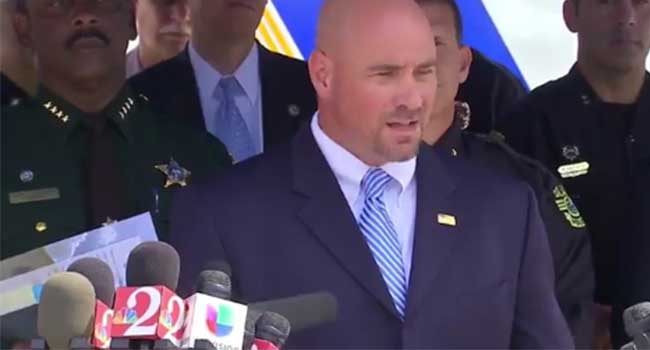
FBI Release Timeline and Transcript of 911 Calls from Pulse Nightclub Shooting
- By Sydny Shepard
- Jun 20, 2016
[Update: June 20, 2016 2:30 p.m.]
The Justice Department and the FBI released a joint statement that included the full transcript of the 911 call made during the Orlando Shooting but the shooter.
Original story posted below.
Orlando Police and the Federal Bureau of Investigation released a document containing a timeline of events on the night of the Pulse Nightclub shooting that left 49 dead and 53 others injured. The document also contained a partially redacted transcript of the 911 call the shooter made during his time inside the club.
The transcript shows that the shooter spoke to the dispatcher in Arabic and that he pledged allegiance to an organization and an individual during the call, but the transcript does not include those names. Officials believed it was not necessary to include the redacted information as it may lead to more attacks.
The released timeline shows that OPD officers arrived on scene at 2:04 a.m. and were able to establish communication with the shooter at 2:48 a.m., the call lasted nine minutes. A second crisis negotiation call occurred at 3:03 a.m. and lasted about 16 minutes. The last and final negotiation call was at 3:24 a.m. and lasted three minutes.
During these calls, the shooter identified himself as an Islamic soldier and told the crisis negotiators that he was “the person who pledged his allegiance to [omitted], and told the negotiator to tell America to stop bombing Syria and Iraq and that is why he was ‘out here right now’.” He also claimed that the vehicle he had arrived to the scene in had explosives inside and predicted more attacks.
At 5:15 a.m. OPD radio communication stated that OPD engaged the suspect and he was reportedly down.
During the three hours between the reports of gunfire and the end of the situation, OPD and SWAT team members were able to successfully rescue many clubbers from the building as the shooter barricaded himself inside a bathroom with hostages. The police were “in and out” of the building several times, according to a press conference. There were no reports of gunfire between the initial exchange of gunfire between responding officers and the shooter, and the time of the final breach, according to the FBI’s investigative update on the situation.
About the Author
Sydny Shepard is the Executive Editor of Campus Security & Life Safety.